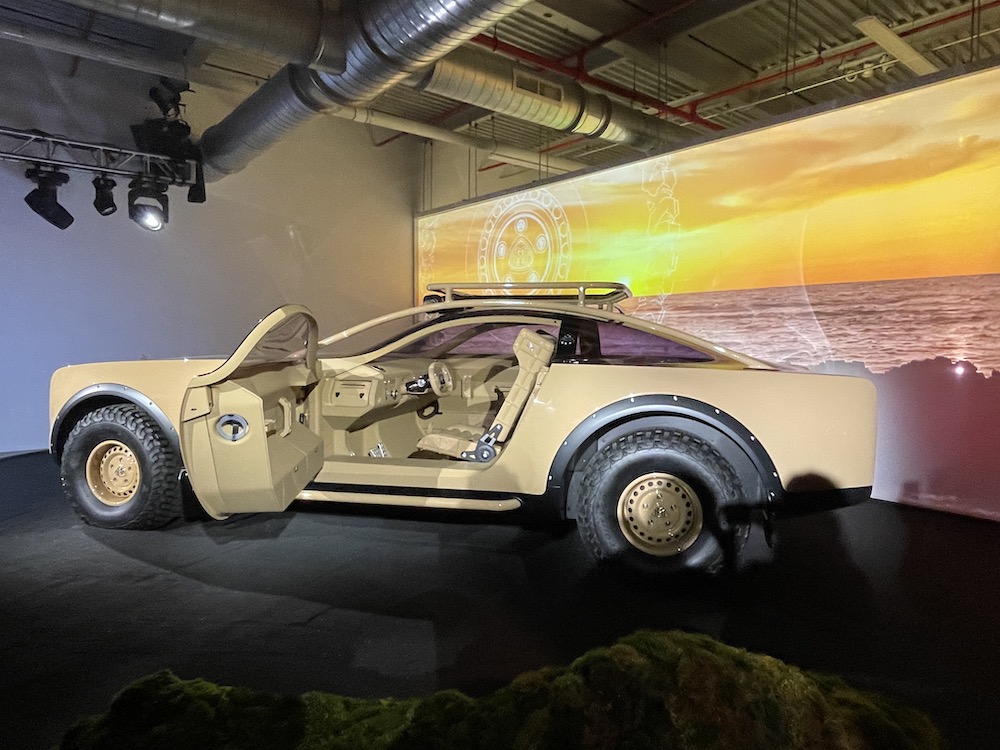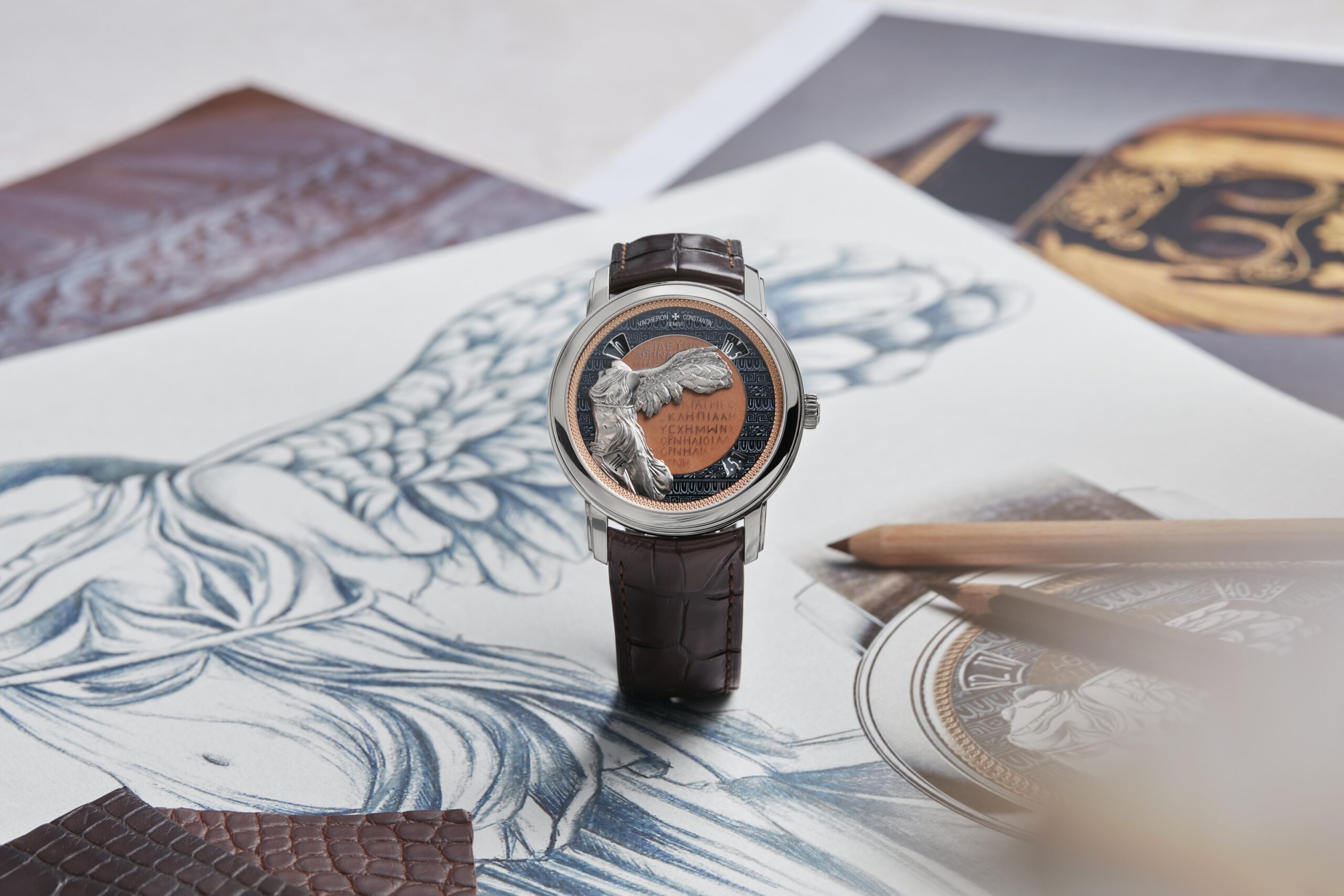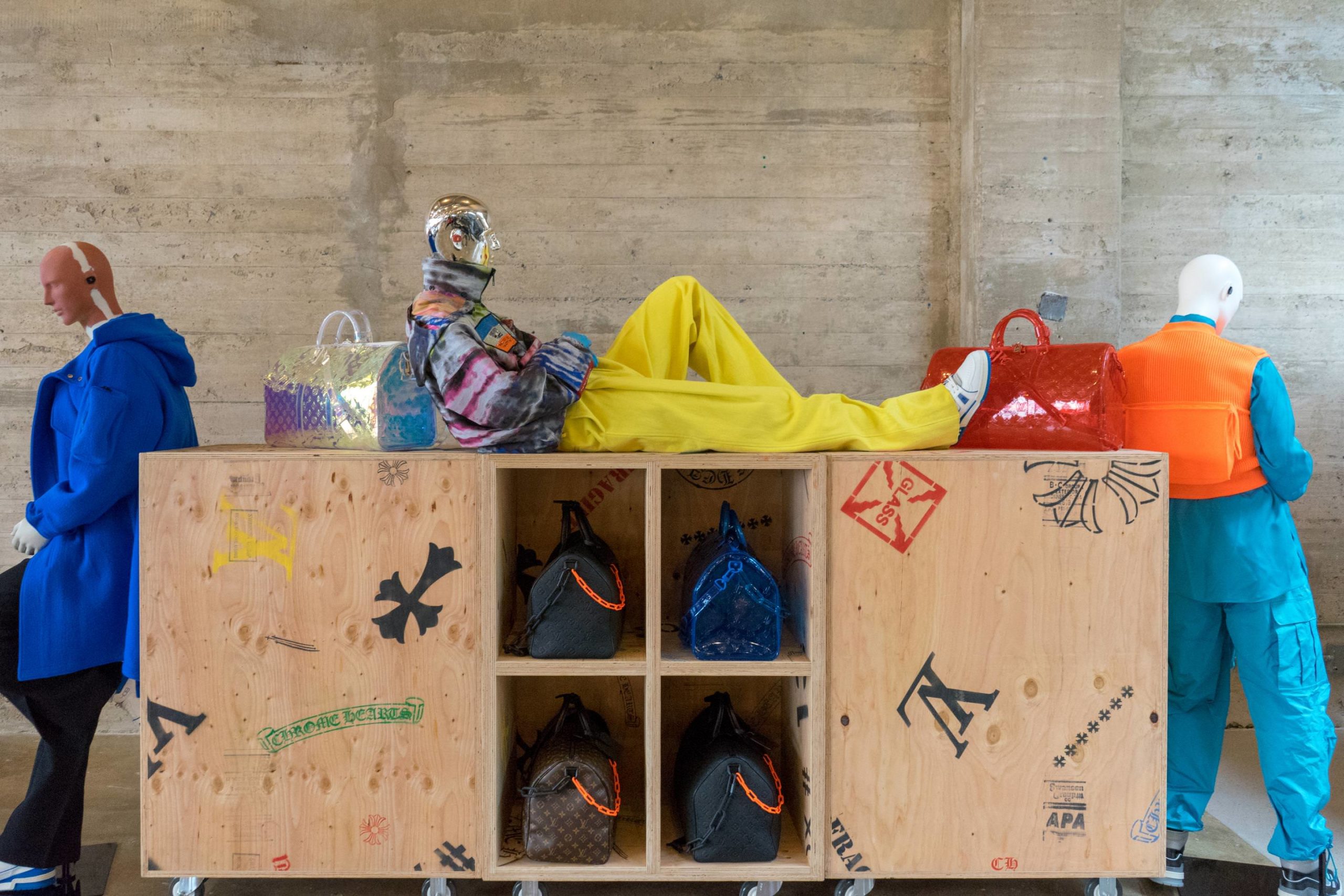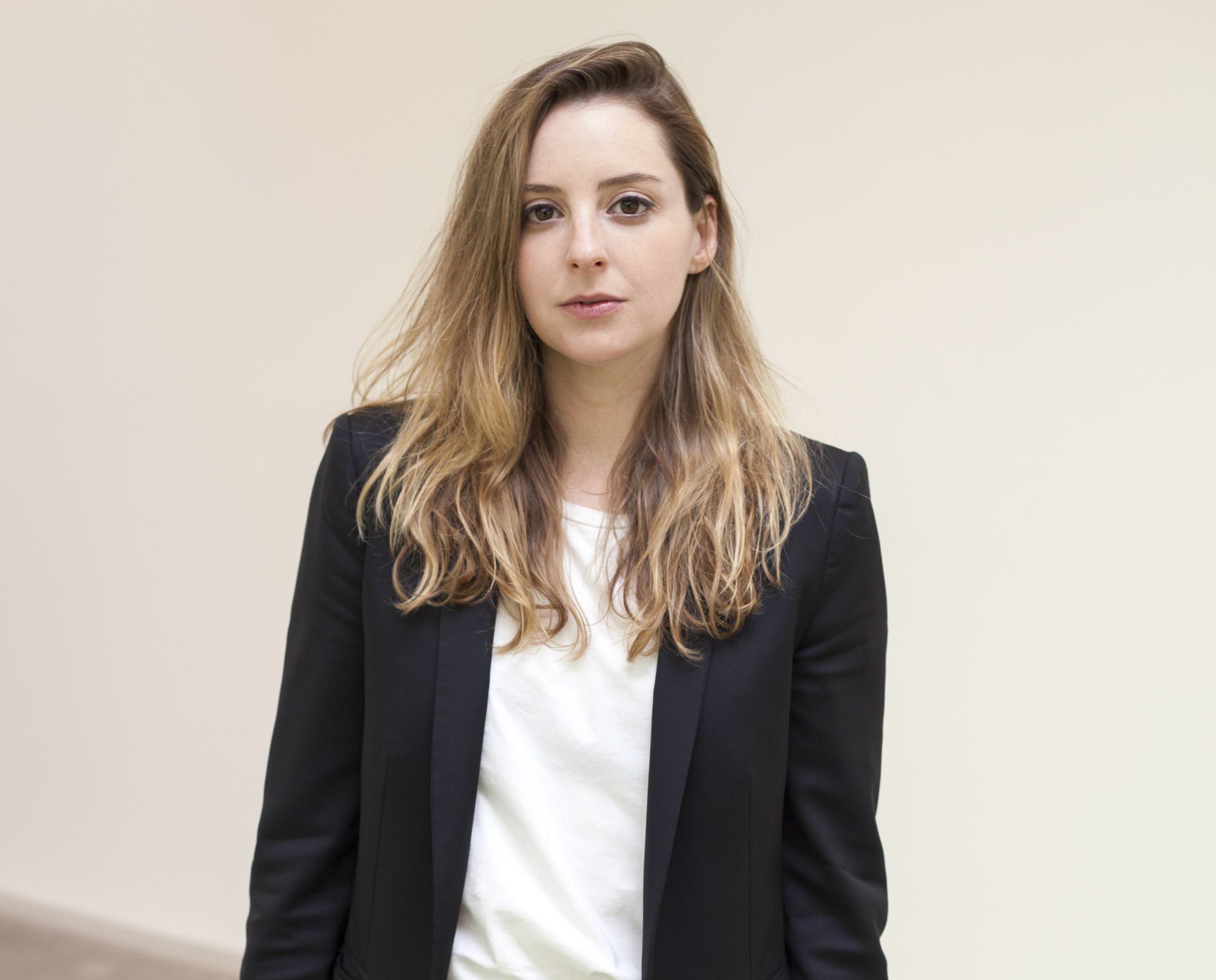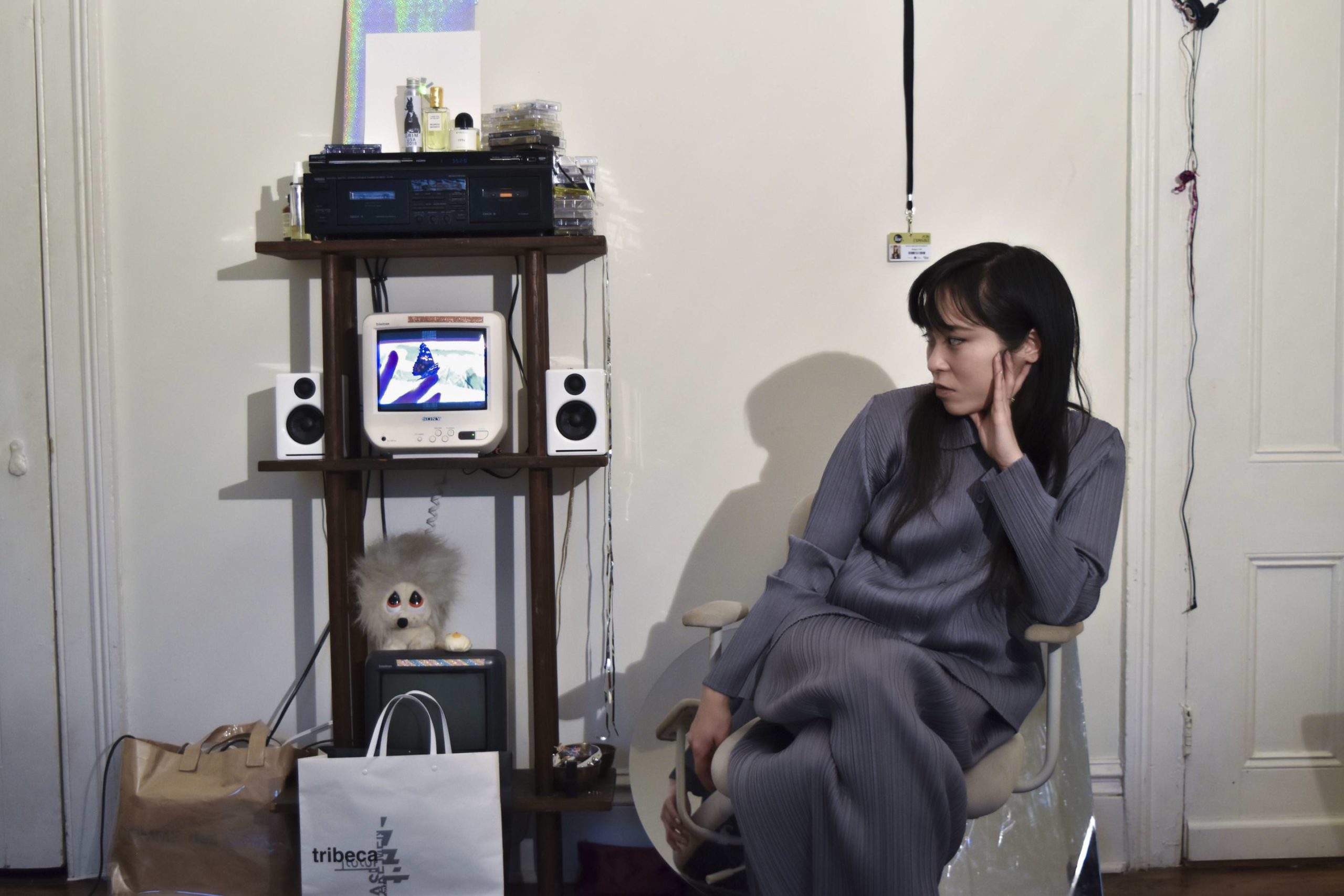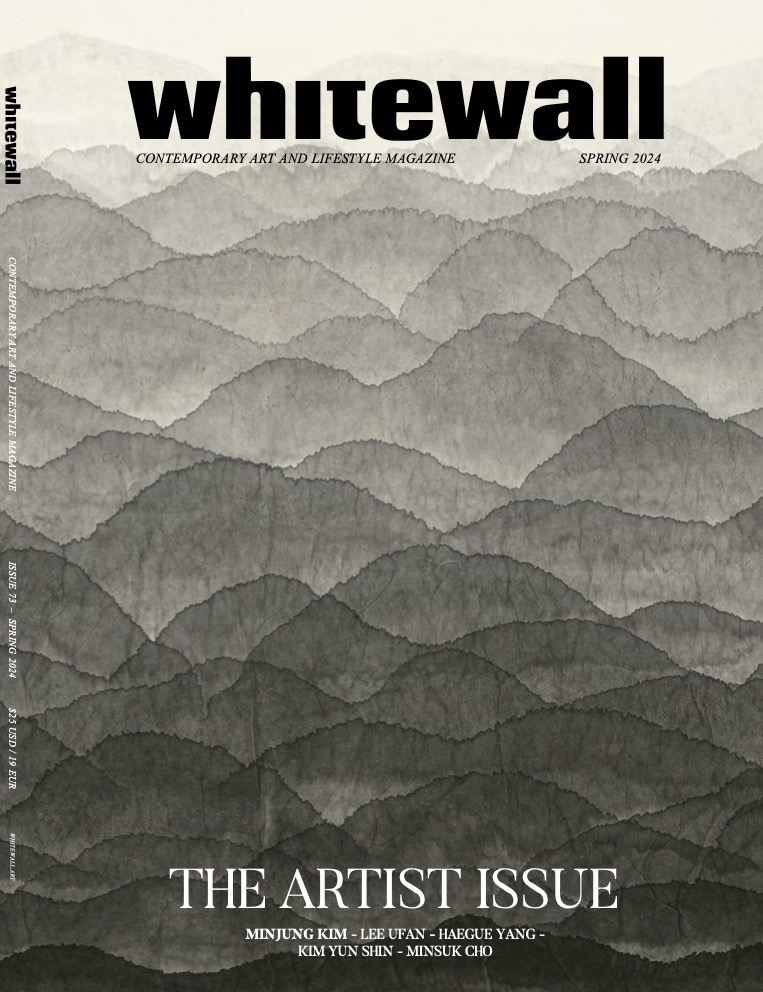For her first project as curator of Architecture and Design at the Metropolitan Museum of Art, Beatrice Galilee nabbed a contemporary installation by artist Wolfgang Tillmans, “Book for Architects” at the 2014 Architecture Biennial in Venice. Galilee, who was previously based in London, relocated to New York in March of last year. Whitewall sat down with her to discuss the new position, this first project, and what’s to come for the Met as the museum moves its Modern and Contemporary collections to the Whitney’s former home at the Breuer Building.
WHITEWALL: You’ve been curating architecture in many venues for years, but your post as Curator of Architecture and Design is a new position at the Met. Most people think of architecture as the building or structure itself, so in general, how do you curate architecture?
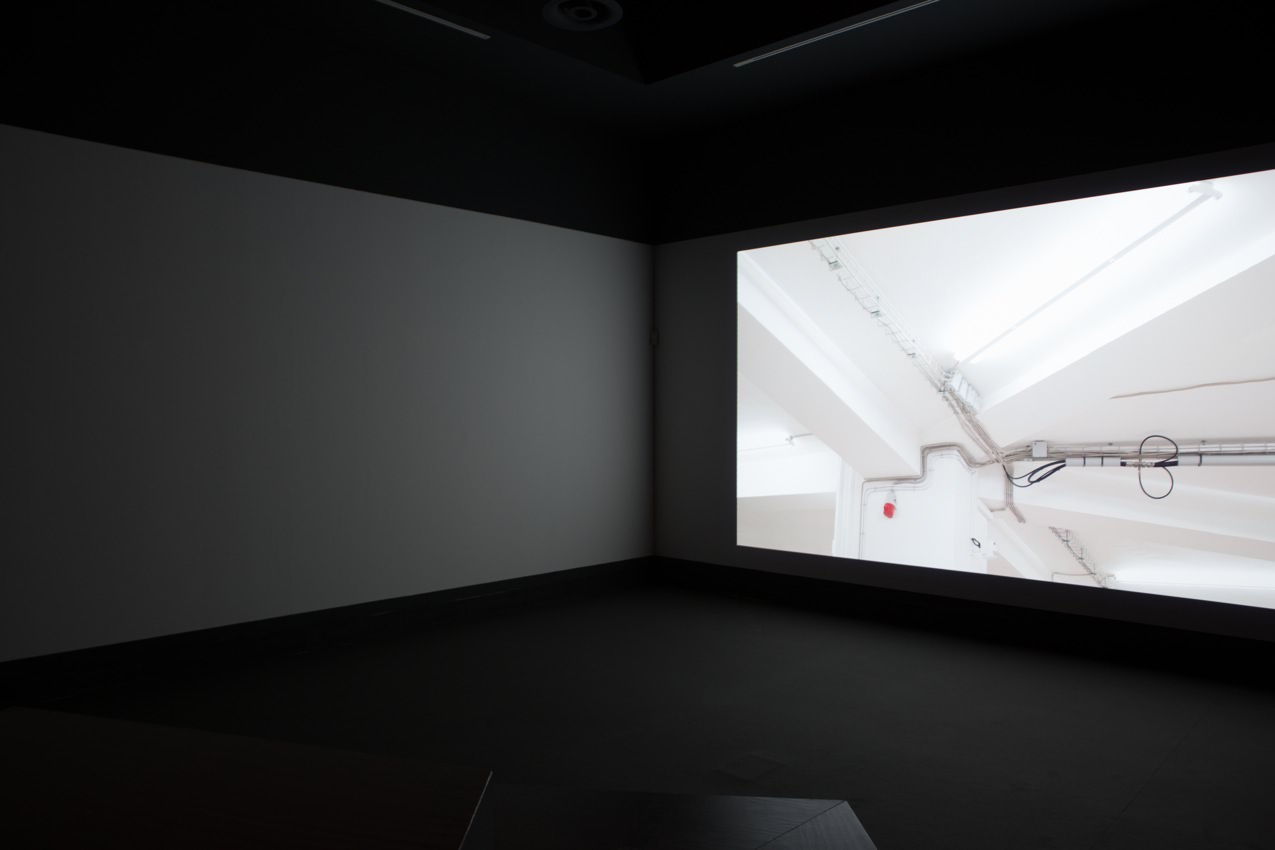
Book for Architects
BEATRICE GALILEE: That’s the perennial question in curating architecture exhibitions, like how do you portray something that isn’t there? With Wolfgang’s work it was nice because it’s architecture through his eyes and it’s the installation as a spatial experience, it’s immediate and it’s primary. Usually with architecture it’s secondary or sometimes even more distant from the object, so I try to create as many primary architectural, spatial experiences as possible. The act of architectural curating is almost like a commission, using exhibitions as the grounds from which to create a new architectural space. That’s also why it’s nice to work in an art department because artists also work in those ways, creating new spaces. I worked very closely with Wolfgang on [this] installation and it was totally tailored to the space.
It is nice to try to be creative about how you can curate architecture in a way that’s more than just [a model]. Often architectural drawings or models can be very familiar to people from an architecture background, but not so compelling visually, or they’re not so easy to read, or the qualities of them are so nuanced that it’s almost like you need to study them. But in exhibitions, people only stay for like three seconds or two minutes or maybe five minutes, so you want to somehow be able to have an immediacy with the subject matter, as well as having depth to the exhibition.
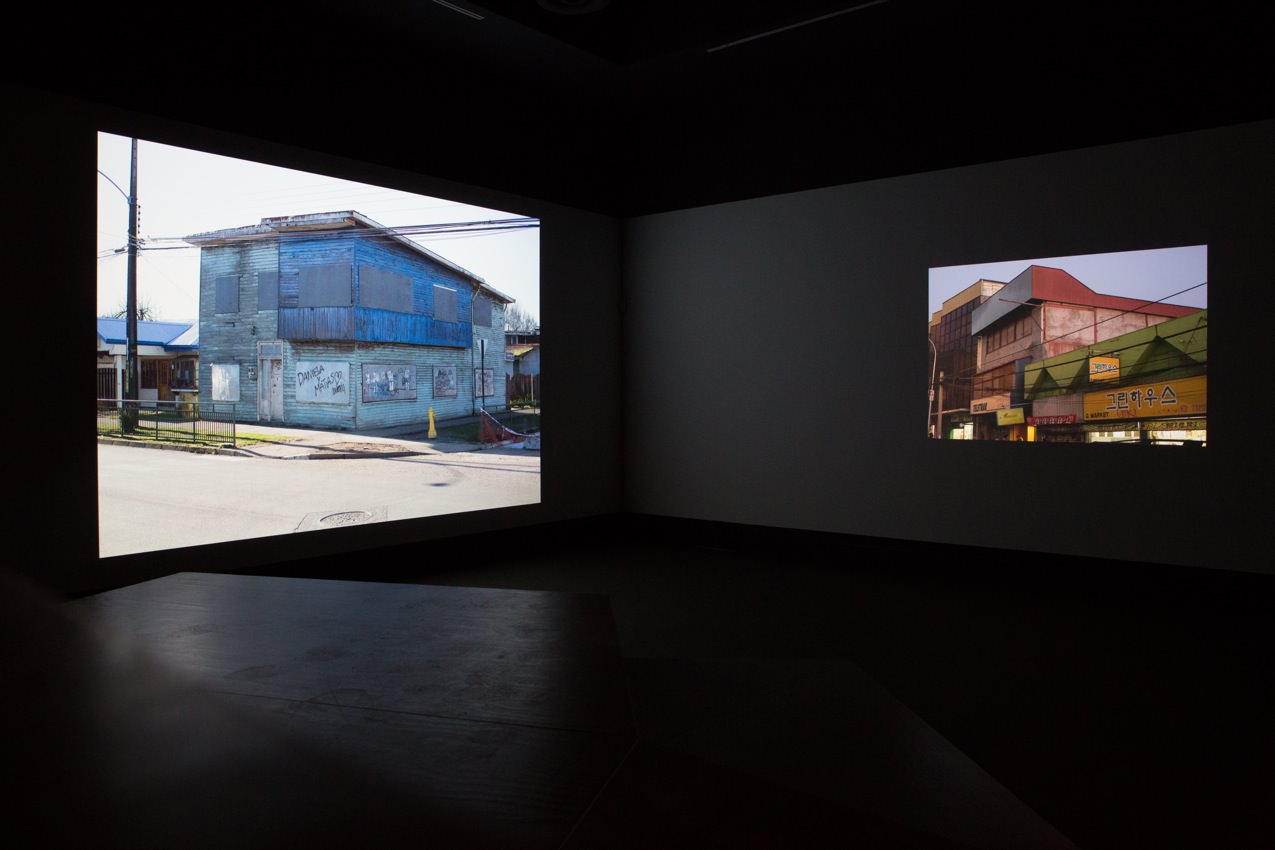
2014
It’s the first time the Met’s had an architecture curator so we are thinking about how to situate curating architecture within the Department of Modern and Contemporary Art, as well as the fact that we essentially acquired the Breuer Building on Madison. I would like to explore commissioning and how people react to the building.
WW: You spoke about accessibility, and Tillmans’ work seems to do that really well. A lot of the images feel almost like snapshots taken on a trip, which to a certain degree they are. But then you have this broad range, with close-ups of internal architectural details that are almost abstracted paired with these broad landscape photos.
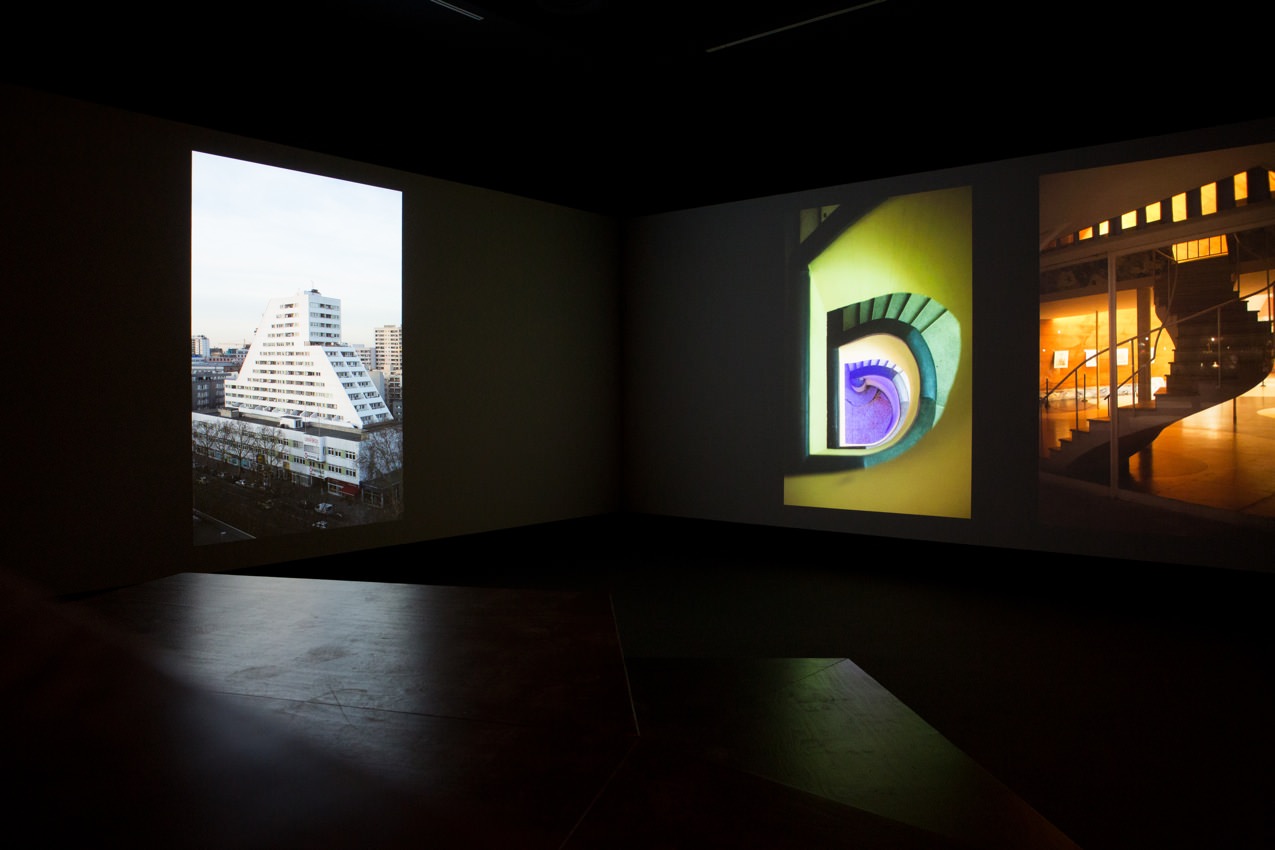
Two channel video installation
BG: I agree. It’s this spectrum of experiences with architecture he is presenting. You see architecture when you’re on a train, you see it when you’re landing at JFK. It’s a hotel lobby or it’s an office space or it’s your parent’s house, a bathroom, whatever. Or it’s a famous building, but you see that building not in the way that it’s portrayed in architectural photography where it’s pristine, but maybe it’s a cloudy day. There’s a way that he presents it all in its entirety that makes you realize that this is how Wolfgang sees architecture, and how people see architecture.
WW: Why is the exhibition titled “Book for Architects?”
BG: I don’t know why he called it “Book for Architects,” but I think it’s interesting that that’s the idea behind it, that maybe architects could think about the lack of quality in the built environment, the way that it falls apart sometimes, the way that people appropriate it, the way that we use the spaces. In architectural photography, the person is usually absent, or the building is shown from a very dizzying height, or you get it at an angle that is totally artificial. You don’t get that everyday quotidian [quality] or that immediacy in the way that architecture is typically portrayed. But of course, you get it when architecture is portrayed in a film or when you see it.
WW: It’s easy to forget when you’re immersed in it that someone spent a lot of time designing and building it.
GB: Walter Benjamin always talked about how you see architecture in distraction, and this is a way of putting forward the built environment, which I think is really necessary. Like what happens when the architects have left? What happens when people realize that they don’t like that window, or it breaks, or time ravages it?
WW: Some of the images seem really intimate, almost domestic, were they taken with people he was staying with?
GB: Yeah, I think he mentioned that one of them was in his parents’ house. When he was here, he had a camera around his neck and was taking photographs all the time, so I imagine that’s how these emerged. It’s definitely his eye; you can see that.
WW: The title, Book for Architects, is interesting in that it’s an encyclopedic work to a certain degree, the prolonged period he took the images over, and the number of countries and continents, it seems almost didactic.
GB: I don’t find it so didactic, I think it’s a little bit more gentile. The way that I read it is much more like [he’s saying] “this is how I see it,” and he wants to share it. I think it’s definitely critical, and in the context of the Architecture Biennale, which is what it was commissioned for, it does send out [questions] like, What happened to modernism? What happened to the dreams of people in the 60s who thought they were going to build a better world? Where did that idea go? This is what we’re left with, this is the built environment as it stands and it’s not a utopia.
I think there is a sense of how the real estate market works, and the way that land values drive architecture and the market drives architecture and architects don’t drive architecture. Architects have not been franchised, and they’re not the authors of the built environment in the way they believe they were or believe they could be. That’s been subcontracted to developers or to finance guys. I feel like that part of it is implicit, but never really [said]. You can go through the whole thing and never really think about that, and I think that’s also really nice. You can just see where he’s been and explore his life in a way.
WW: What are you working on now? What are your future projects?
BG: Another thing that you can do when you’re a curator is organize talks and discussions because there’s a lot of discourse about architecture, so we’re organizing some symposia this year. And next year we’re working on programming the Breuer Building, and I’m pretty involved in that. The big show will be in 2017, but in the meantime, we’ve got a commission for next summer, so I’m working on that. There are a lot of short-term projects actually that I didn’t think the Met would do, I’m happy I didn’t have to wait five years for my first show.
